Living through a flood can be devastating; however, making the right moves can assist you in recovering your house efficiently and securely. Nowadays, violent storms and severe rain showers result in record-breaking flooding throughout numerous U.S. states, including Tennessee, Kentucky, and Arkansas.
Consequently, it led to notable destruction of property and 24 deaths. So, a thorough knowledge about how to clean your house after a flood is the key to putting a stop to more harm and health dangers. This blog will describe important steps to help you handle the cleaning procedure successfully.
Here’s a step-by-step guide on what to do after a flood in your house:
Step 1: Prioritize Safety First

The top priority should be your safety. Though your initial thought might be to begin flooding cleanup, you are required to shield yourself from possible risks. Therefore, before you set foot in your house after a flood, make sure it’s unharmed.
The floodwater might have sewage or other pollutants and the building structure may not be secured and presents several issues.
-
Turn Off Utilities: Switch off gas and electricity supplies to avoid electrocution and fires. In case you’re not sure of the way to do this without risk, reach service providers for help.
-
Wear Protective Gear: Get ready with gloves, rubber boots, and masks to protect against pollutants and waste found in floodwaters.
-
Examine Structural Integrity: Check your house for symptoms of structural harm like bending or cracks. In case you notice a notable impairment, contact an expert before taking action.
-
Be Alert for Hazards: Flood waters could have sharp things, sewage, or dangerous chemicals. Move with care to prevent disease or injury.
Confirming protection is foremost before starting the post-flood cleanup. Being on the safe side aids in saving you and your family from possible risks linked with post-flood situations.
Step 2: Remove Standing Water and Damaged Items
When it’s alright you enter the house. The first target in cleaning after flood things is to clear away stagnant water. This stage is crucial. Because water overlooked can cause mold formation and more structural problems.
-
How to remove water from a flooded room: Utilize submersible pumps, buckets, and dry/wet vacuums. When the water table is huge, prefer using strong tools to hurry up flooding cleanup.
-
Remove Unfixable items: Drywall, carpets, furniture, and mattresses wetted in polluted water are better discarded. These substances catch dampness and bacteria, making full restoration impractical.
-
Take photos for insurance: That said before you throw away anything, record all destruction. Of course, this is a significant move in the water damage restoration method.
-
Start ventilation: Unlock doors and windows, if secure to generate air circulation. This assists in lowering humidity whilst you get ready for total post-flood clean-up.
Extracting water and soaking things fast helps avoid more harm and paves the way for appropriate disinfection and drying.
Step 3: Clean and Disinfect Every Surface
Once water and waste are taken out, the following step is to clean your home after a flood through disinfection. Floodwater contains chemicals, bacteria, and other pollutants that create severe health issues.
-
Use powerful disinfectants: Try EPA-approved or bleach-based cleaners on each hard surface. Concentrate on walls, floors, countertops, and specifically kitchens and bathrooms.
-
Focus on high-contact Areas: Cleanse switches, door handles, and gadgets exteriors attentively.
-
Discard Polluted personal items: Each and every makeup, food, or hygiene product subject to floodwater should be discarded. Try not to wash or reuse them.
-
Wash repairable fabrics: Objects such as towels, curtains, and clothing must be washed in warm water. Dry out completely before wearing or stocking them.
Thorough cleansing is among the most key parts of post-flood clean-up. It secures your well-being and house. Coupling this with advanced drying processes, involving investing in a dehumidifier for water damage, assists in verifying a whole recovery.
Step 4: Dry the Space Thoroughly
The next important step to clean up flood damage is drying. Dampness that stays in floors, walls, and furniture can lead to smells, mold, and durable structural harm. Drying out fast and totally is integral to effective post-flood cleanup.
Why Drying Matters?
When water is cleared away and surfaces are washed, still moisture remains rooted inside the materials. When left unaddressed, it encourages mold and wears out the structure of the house. This is the reason, why drying should be performed as comprehensively as cleansing.
Use Dehumidifiers for Faster Drying

A dehumidifier for water damage drags dampness from the air and secret zones. Abestorm dehumidifiers are particularly designed for water damage restoration and help lower drying duration greatly.
The dehumidifiers offer several advantages for flood cleanup. A dehumidifier instantly reduces moisture levels to good points. The constant functioning of the units guarantees complete drying.
Besides, there’s no requirement to clear tanks, water drains mechanically. The removal of extra humidity lowers the risk of mold coming back. Also, dehumidifiers assist in preventing endless twisting, decaying, or cracking.
Dehumidifiers are particularly practical in crawlspaces, basements, and big rooms, spaces usually impacted by flooding. Additionally, combine a dehumidifier for water damage with fans or air movers for even quick outcomes.
Pro Tip: Utilize a hygrometer to observe improvement. Maintain indoor humidity from 40% to 50% while drying. When it increases again, operate the dehumidifier more to stop more problems.
Step 5: Inspect for Mold and Hidden Moisture
Even though surfaces appear dry, dampness can keep them stuck in insulation, walls, and under floors. So, you must inspect for invisible issues before shutting the area.
-
Check for Visible Mold: Search behind furniture, around baseboards, and under carpets. Mold might look like green, black, or white spots. Surprisingly a small quantity of evident mold signifies there can be more.
-
Use Moisture Meters: Moisture meters identify moisture within materials or walls. That said, it’s beneficial for basements or any space where water is still. These devices support verifying that drying is finished before renovation starts.
-
Know When to Call Experts: When you find extensive mold, particularly black mold, contact an expert cleanup service. Trying to cleanse big spaces of mold in the absence of the right tools can be risky.
Conclusion
Floods can put away more than only water, they create long-standing dangers to your house and well-being. An awareness of how to clean your house after a flood guarantees that you handle each step correctly _ starting from protection and water clearance to drying out and mold avoidance. Rapid-acting assists in lowering harm, managing prices, and quickening restoration.



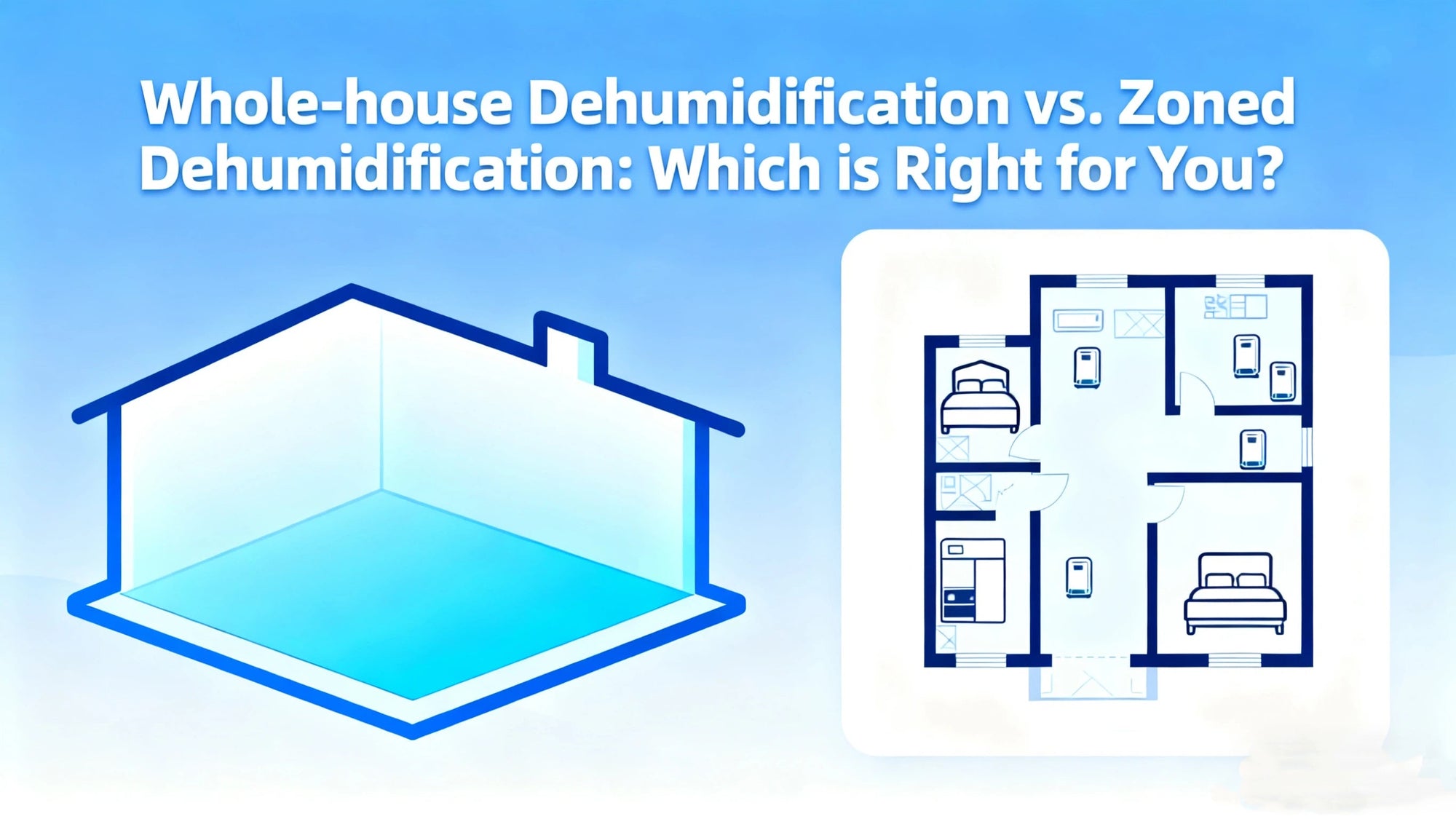
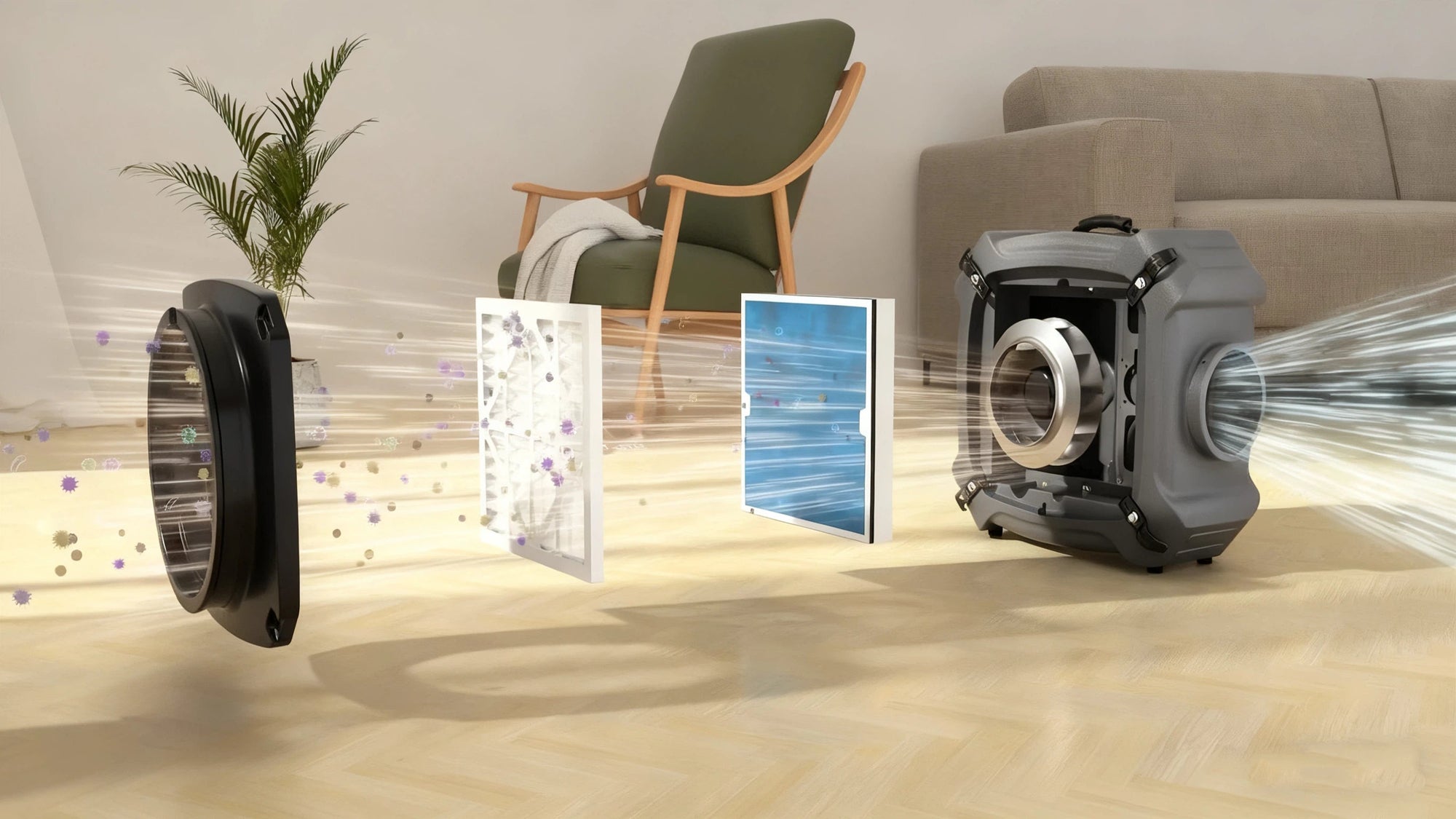
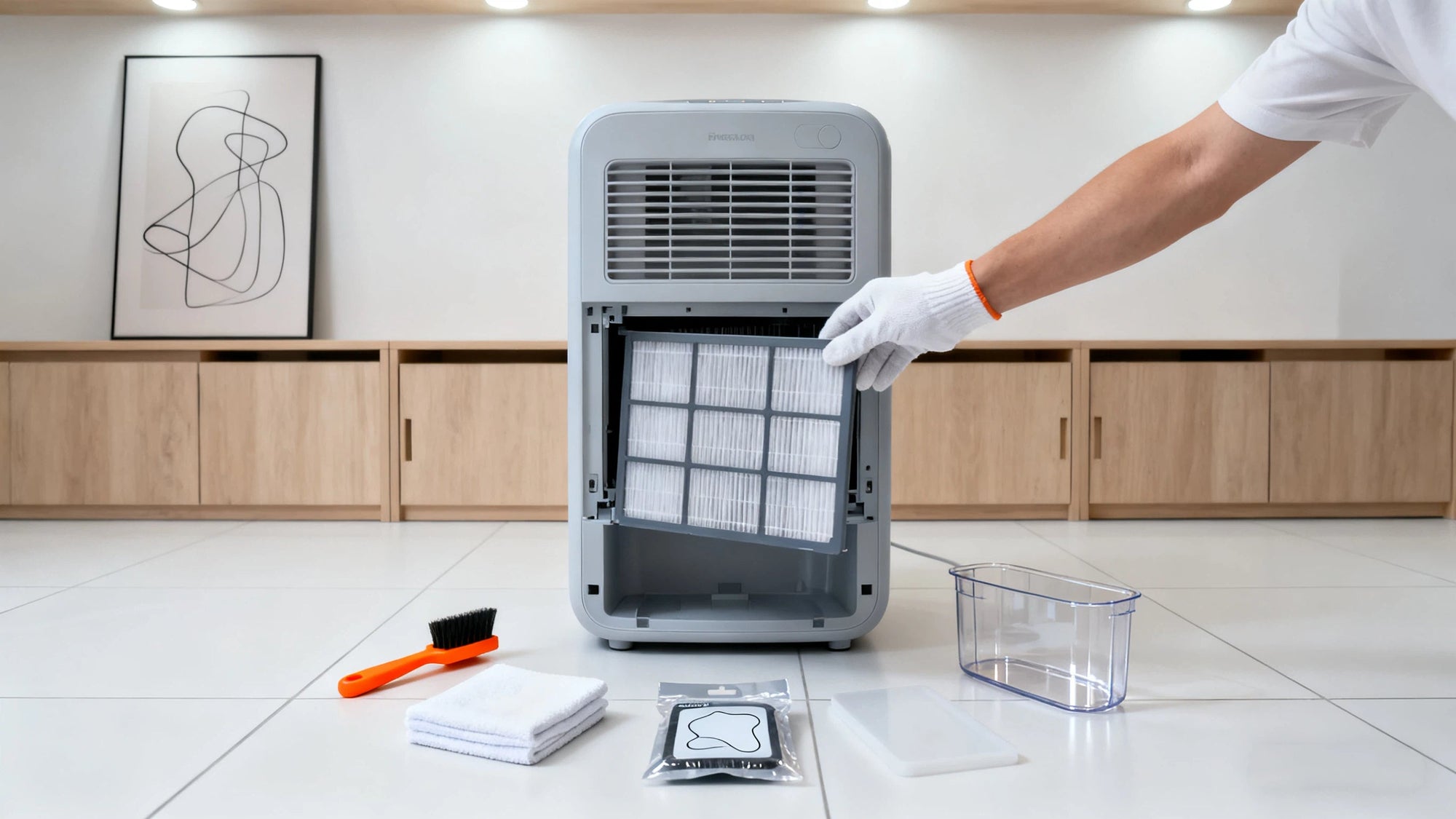

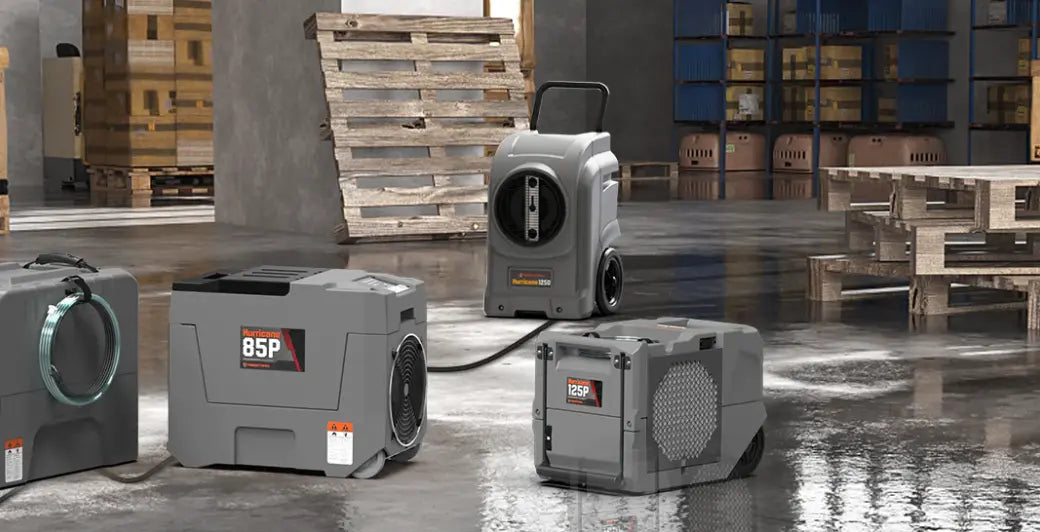
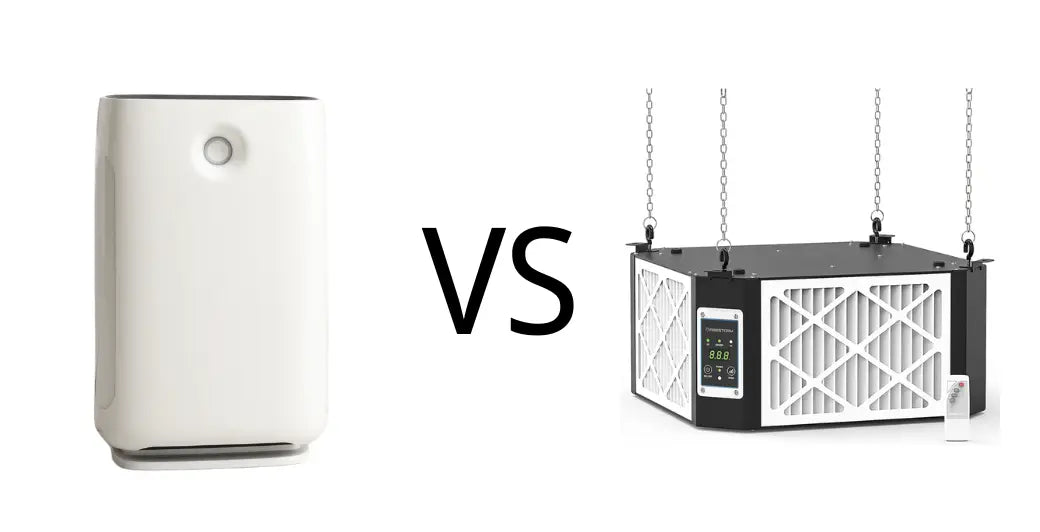
Shop For Dehumidifier
Abestorm 170 PPD 2,100 Sq.Ft Commercial Dehumidifier with Pump and Drain Hose | Hurricane 800
Abestorm 180 PPD 2,300 Sq.Ft Commercial Dehumidifier with Pump and Drain Hose | Hurricane LGR85
Abestorm 180 PPD 2,300 Sq.Ft Smart WIFI Commercial Dehumidifier with Pump and Drain Hose | Hurricane LGR85-Grey (wifi app not available now)
Abestorm 264 PPD 3,000 Sq.Ft Commercial Dehumidifier with Pump and Drain Hose | Hurricane 125P